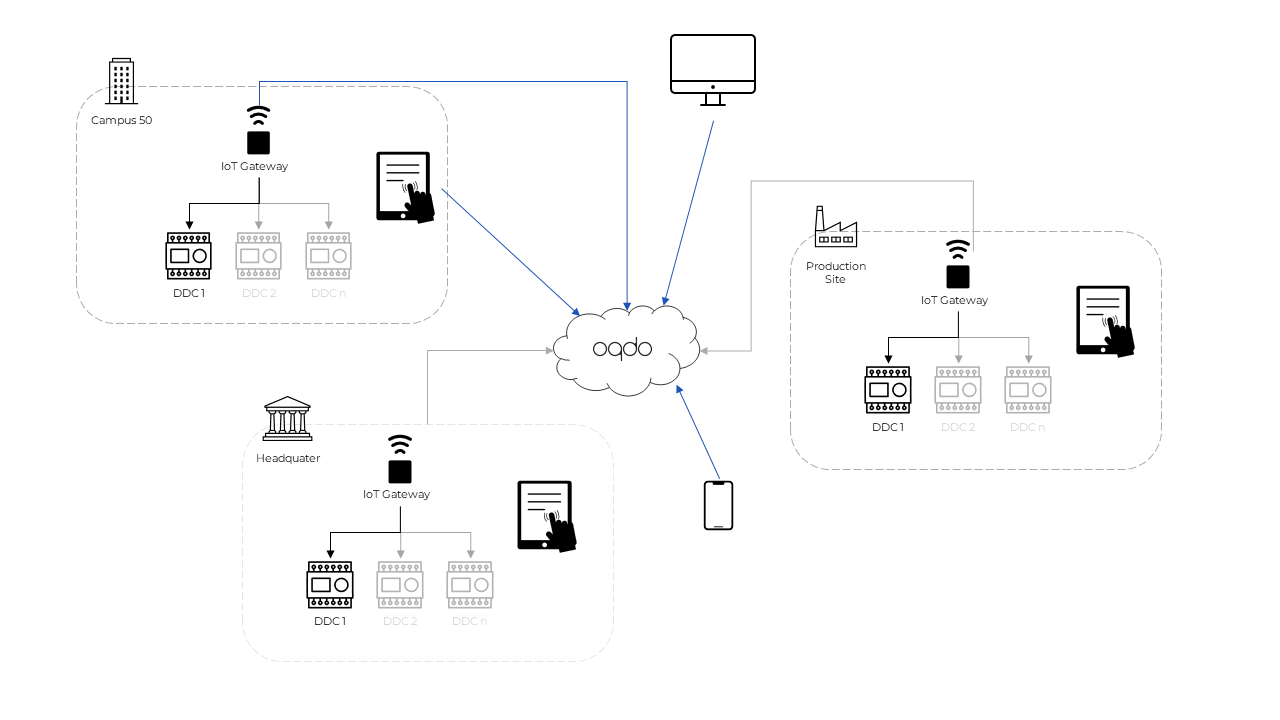Connected Buildings is an empowering approach to building technology in which disparate building systems are connected and controlled via a single operating system, utilizing best-in-breed advanced technology to control and monitor the building.
http://info.greenbiz.com/rs/greenbizgroup/images/ConnectedBuildings-Disruption-Final.pdf
What if you have hundreds of buildings, millions of square feet in all your offices, labs, and manufacturing facilities? Or even if you only have a few of them, even just one system.
The challenges can be the same. You'll find various systems, networks, and UIs for lighting, power, HVAC, room control, and more. Data is neither standardized nor structured.
How to manage that?
How to improve the operational, efficiency?
How to reduce waste of energy?
Digital building Platform to the rescue
We want the ability to stop using humans as sensors. We want to use all the actuators, sensors and data in a building and gain insights from them.

Connect everything you need
Connect as many devices you need to gain advandage in your daily work. The platform will scale elasticly with your needs.
We combine and aggregate telemetry with a buidling ontology of all the different functions like lighting, security, energy, HVAC etc. So that your mental model of how you think about all of these is the same as our digital world.
Reduce waste of energy
Benchmark energy spendings, optimize space utilization at scale.
Having your functions and data in one point will help you to compare and evaluate your various properties and systems by hard facts. This accompanies you on the way to be "greener".
Operations at a glance
Operate your buildings, do/plan maintenance, optimize your service dispatching. See if something realy important is wrong. Buildings produce thousands of alarms every month. You need to be able to filter these for the most relevant ones.
